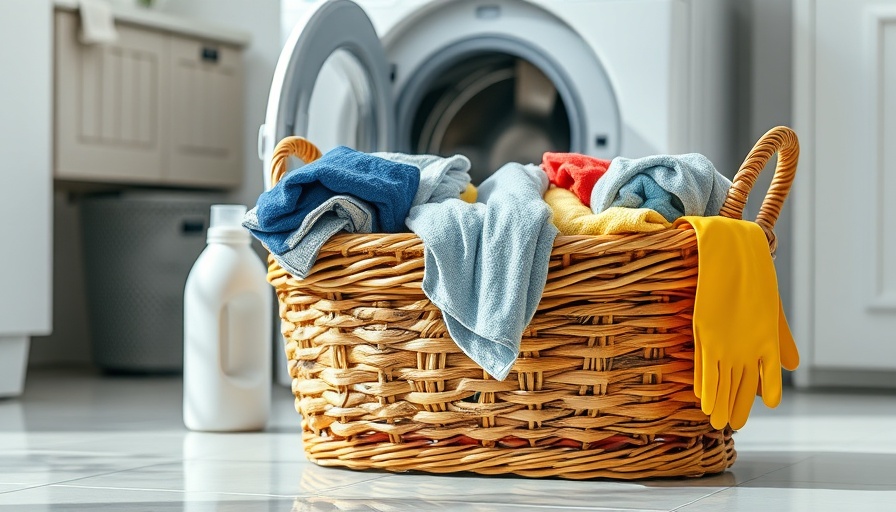
The Essential Role of Bleach in Laundry
Bleach is often viewed as a must-have weapon in the laundry arsenal, touted for its ability to whiten whites and sanitize fabrics. But using it requires a delicate touch and understanding. If you’ve ever wondered how to wield this cleaning power safely and effectively, you’re in the right place!
Understanding Bleach Types: Liquid vs. Powder
When it comes to laundry bleach, knowledge is power. There are two primary types: liquid bleach and oxygen bleach, which comes in powder form. Liquid bleach, typically sodium hypochlorite, is potent and can remove tough stains but can also damage certain fabrics if misused. Oxygen bleach, on the other hand, is gentler and safe for colorfast fabrics, making it a versatile option for those seeking both effectiveness and fabric care.
Safety First: Handling Bleach with Care
Let’s face it, bleach is powerful but can also be hazardous. Adopting safety measures helps to keep your laundry experience from turning into a mishap. Always wear gloves when handling bleach, and ensure you’re in a well-ventilated area. Avoid using bleach in conjunction with other cleaning agents, particularly ammonia, as this can produce dangerous gases. Remember, the aim is to clean, not poison!
Step-By-Step Guide to Using Bleach in Laundry
Using bleach in your laundry isn’t a free-for-all; there’s a better way to integrate it into your routine:
- Step 1: Pre-Check Your Fabrics: Always check the care labels on your garments. Some fabrics are bleach-friendly, while others are not.
- Step 2: Dilute the Bleach: Mix bleach with water before adding it to your wash. Generally, the rule is 1 cup of bleach in 1 gallon of water.
- Step 3: Add at the Right Time: If using a washing machine, wait until the water has filled and the detergent has mixed before introducing your diluted bleach solution.
- Step 4: Rinse Well: Ensure you rinse your clothes thoroughly to eliminate any bleach residue. A second rinse cycle is recommended for peace of mind.
Best Practices for Storing and Using Bleach
Store bleach in a cool, dry place, away from sunlight. Always keep it tightly sealed to prevent spillage and accidental contact. Avoid leaving bleach-soaked rags lying around, as they may damage surfaces or fabrics if not handled properly.
Common Misconceptions about Bleach
Many people fear using bleach, believing it’s only for hardcore cleaning. However, when used correctly, bleach is an excellent ally against mold and mildew and effective in prolonging the life of your textiles through proper sanitation. Plus, it can minimize bacterial presence in especially dirty laundry!
Balancing Sustainability with Efficient Cleaning
In our evolving awareness toward environmental responsibility, finding a balance is key. Bleach serves its purpose, but alternatives like baking soda and vinegar can also tackle many cleaning challenges. Explore eco-friendly options—these not only reduce chemical exposure but are gentle on your fabrics!
Conclusion: Bringing It All Together
Embrace bleach for its cleaning potential while handling it with care and knowledge. As we adapt to modern cleaning methods, being mindful of our choices—both for our health and the environment—is more important than ever. Ready to tackle your laundry with a confident burst of clean? It’s time to get started!
 Add Row
Add Row  Add
Add 



Write A Comment